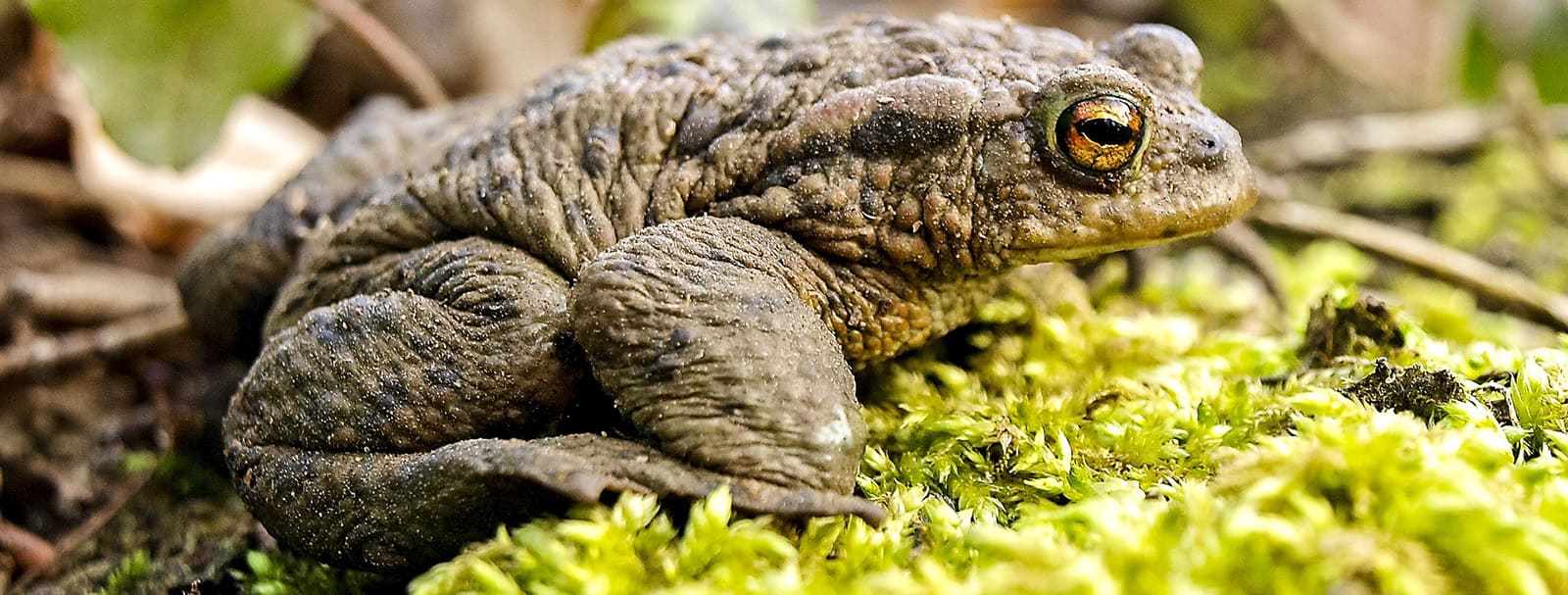What to do in case of emergency?
BackToad intoxication

URGENCY LEVEL Significant or life-threatening
In all cases of suspected toad poisoning, veterinary care must be sought without delay.
WHAT SYMPTOMS TO LOOK FOR?
Since the venom is highly irritating to mucous membranes, such as the gums and eyes, localised effects due to its causticity are immediate and intense, persisting for several hours. However, these effects can be considered as protective for the victim (and the toad!), who is quickly deterred by painful oral burns.
In the case of oral contact, the dog salivates excessively and immediately exhibits erosive lesions, highly sensitive, on the tongue and inside the mouth.
In the case of ingestion (rare), the signs of toxicity are severe, characterized by incessant vomiting, intense pain, neurological disorders evolving into seizures, respiratory distress, and disruptions in heart rhythm. Death can occur within an hour.
If you have observed your dog playing with a toad in your garden, you may observe various symptoms:
- Your dog suddenly shows discomfort in the oral area.
- They salivate excessively and paws at their mouth or shake their head.
- They may make attempts to vomit or vomit continuously.
- They breathe rapidly, mouth open, with increasing difficulty.
- They exhibit seizures, stiffness, and paddling on the ground.